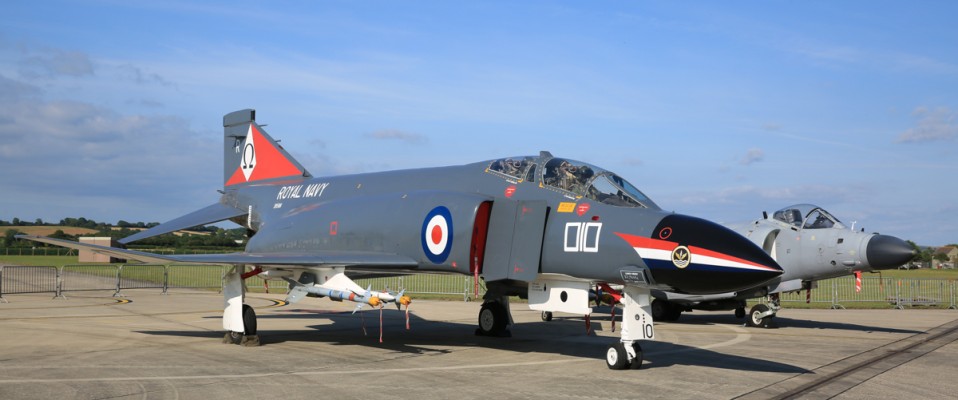
Royal Navy International Air Day 2019
Report and photos by Gabriele Rivera
October 15, 2019
The Royal Navy hosts her airshow, once a year, at RNAS (Royal Navy Air Station) Yeovilton, in Somerset, just 30 miles north of the English Channel. This one-day event, usually held in July, quite obviously showcases the aircraft and helicopters serving in the ranks of the Royal Navy, whose air force is the Fleet Air Arm.
The Royal Navy has spent several years without having carriers in her fleet; the last one, the HMS Illustrious, has been decommissioned on 28 August 2014, and on November 2010 a Harrier took off from a deck for the last time, followed by the sale of 72 Harrier II to the USMC. Sea Harrier’s last appearance in Yeovilton was in 2005’s edition, so for almost a decade the airshow has been missing participation of front line Royal Navy fixed-wing aircraft; after the HMS Queen Elizabeth II’s commission on 7 December 2017 the tests at sea of the British F-35Bs have started, so this year’s event has enjoyed a loudy appearance of a Lightning II which, under a menacing sky, has performed several circuits, showing to the crowd her steady hovering feature. The ship, based at Marham, belongs to the legendary 617 Squadron “Dambusters”, a RAF unit whose F-35Bs are manned by RAF and Royal Navy pilots.


But this summer at Yeovilton people have had a rare opportunity to enjoy a second hovering performance, offered by a Matador, the AV-8B Harrier II Plus serving in the 9a Escuadrilla “Cobras” of the Armada Española (Spanish Navy). The aircraft, sporting a special tail with the Spanish flag, a cobra representing their callsign and a reference to the RIAT (whose organizers had secured their presence in the famous airshow), has without doubt earned the “special guest” status in both the events. The last appearance of a Spanish Harrier in Yeovilton date back to 2009, so after exactly ten years the Matador has rocked the enthusiasts with her display of old-style hovering.


This Air Day surely has not been prodigal of fast-jet demos; aside the two VTOLs, only the well-known Belgian F-16 and the RAF Typhoon have filled the skies with their high-G maneuvers, and a late cancellation of a US Navy Super Hornet has not helped. One unusual performance has been the tactical flight of a Royal Canadian Air Force CC-130J; the Herky has shown how agile can be a such heavy plane (well, it’s true that she was not fully loaded) performing low-level fast passages and a steep landing approach, concluding the display with a backwards taxi reversing the propellers.
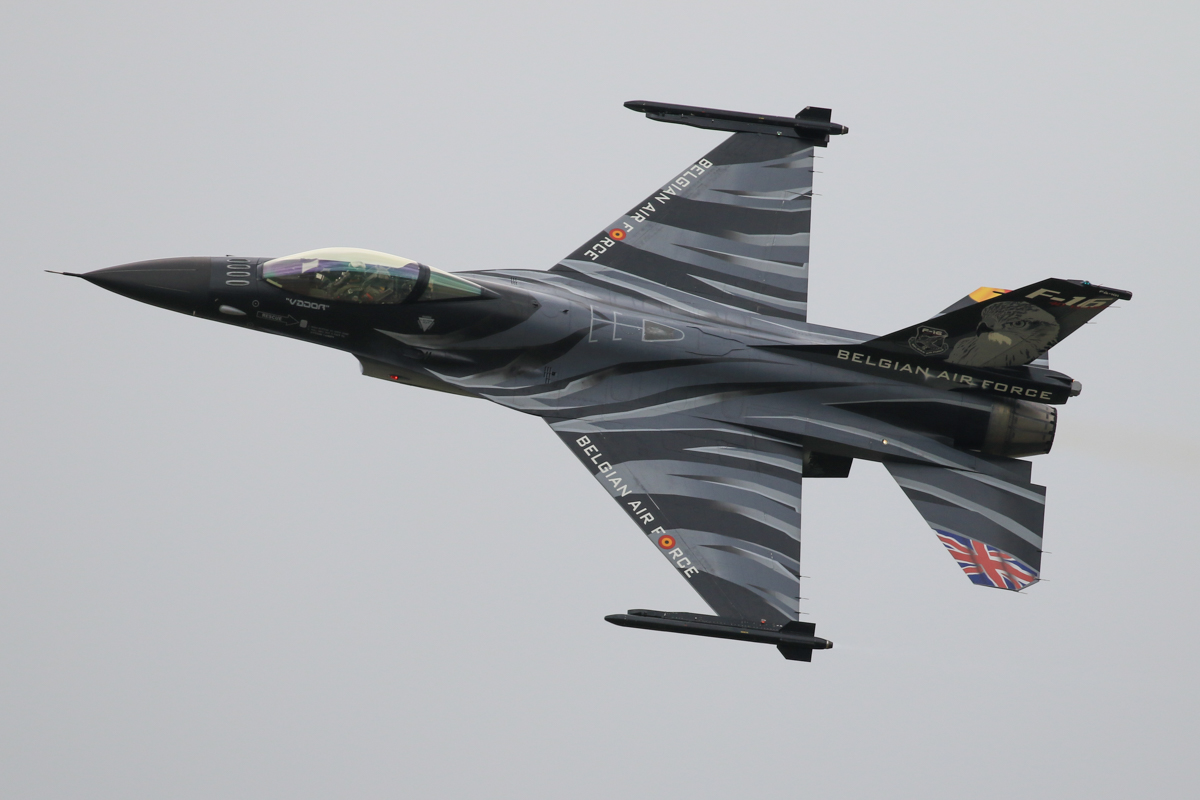
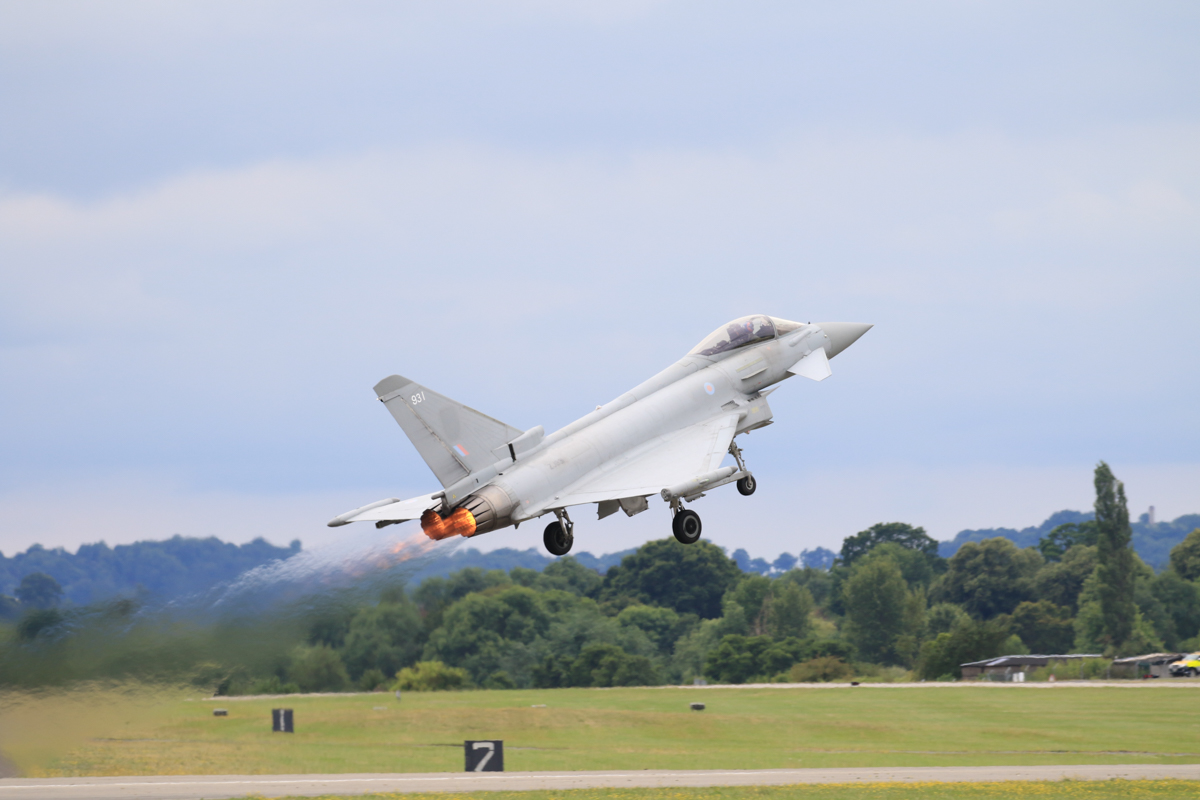
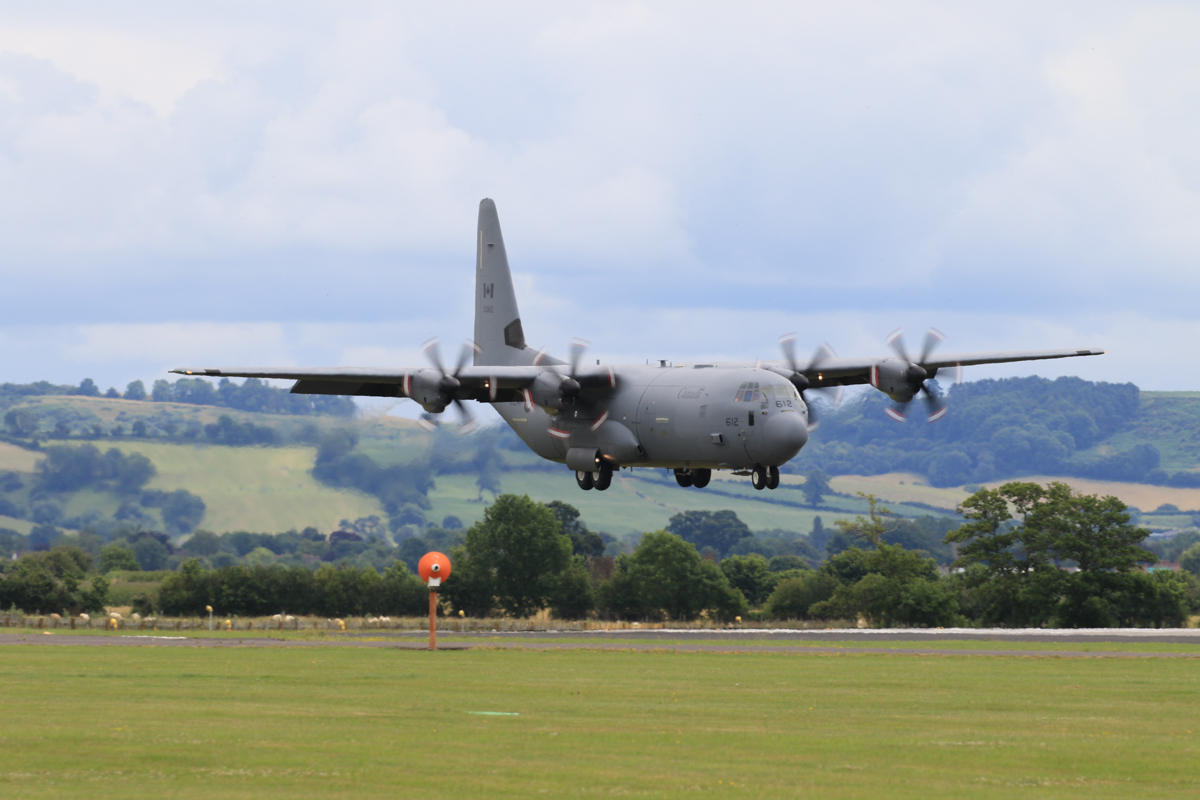
But on the other side the schedule has offered several contributions of historical planes, some of them not easily seen around. The Royal Navy has opened the dance with an all rotary wing heritage flight; a Wessex and two Wasps followed by a Merlin and two Wildcats. More than twenty years spent between the two generations have seen also a significant transformation of the local defense industry; while Wessex and Wasp are witnesses of an all English production era, Merlin and Wildcat testify the passage to a major integration among European industrial actors, being Westland become part of the larger Leonardo group. What has not changed is the long lasting link that Yeovilton has with the helicopters production, being the nearby Yeovil home to a major Westland industrial site since 1916.
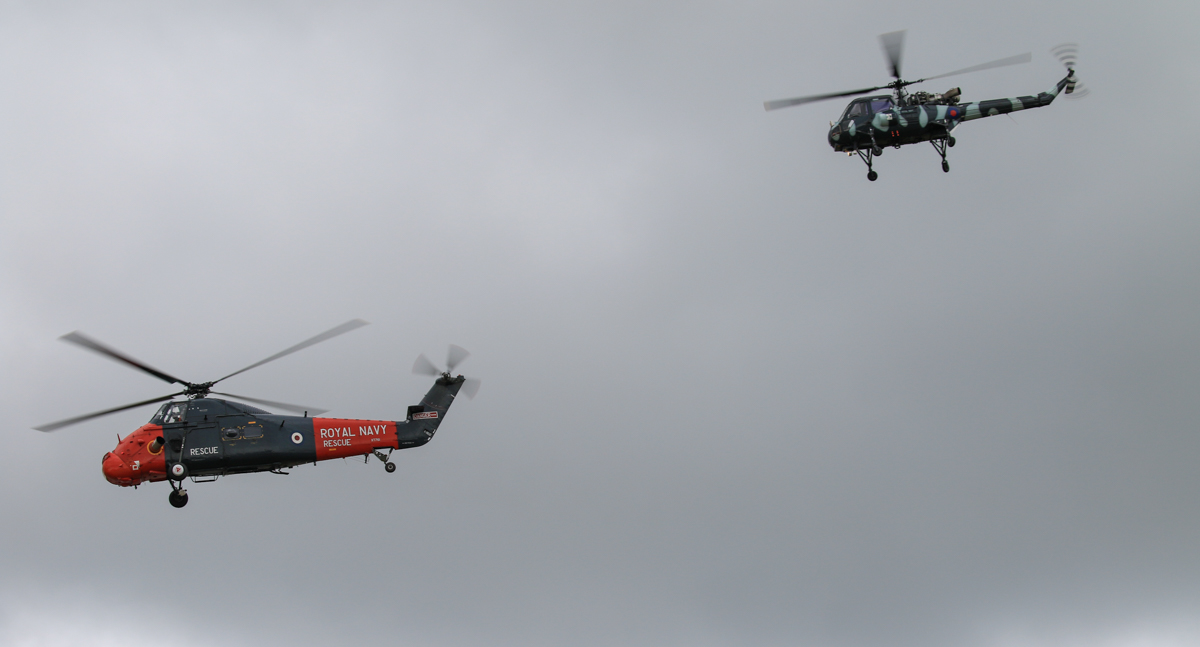
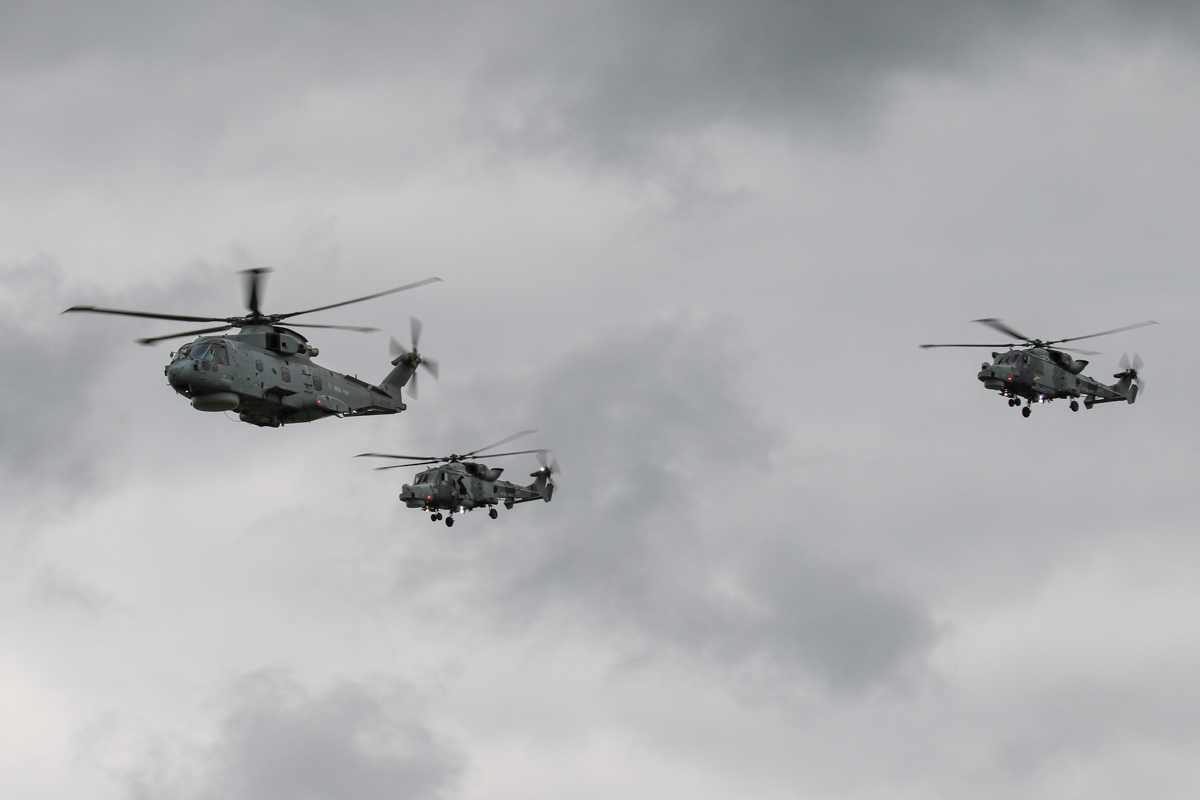
After them several warbirds have flown back along an imaginary timeline; the North Wales Military Aviation Services has brought two BAC Strikemaster Mk.82A, Anglian Warbirds a North American AT-6C Texan with a really nice US Navy color scheme, while the Historic Army Aircraft Flight has won the award for the best rotary wing display with their mixed formation of an Agusta-Bell Sioux AH Mk1 and Westland Scout AH Mk1 (the Army original version of the Wasp flown by the Royal Navy), sharing the sky with a de Havilland Canada Beaver AL Mk1 and a Taylorcraft Auster AOP Mk9.
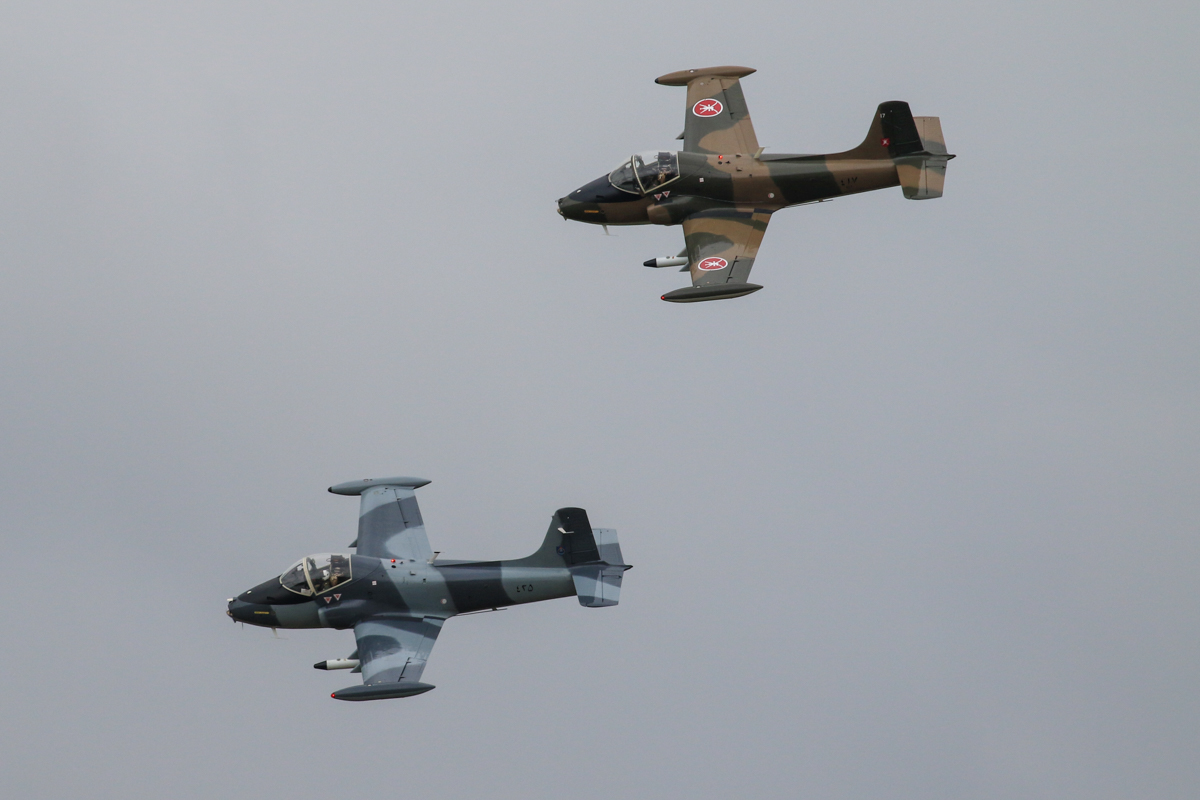
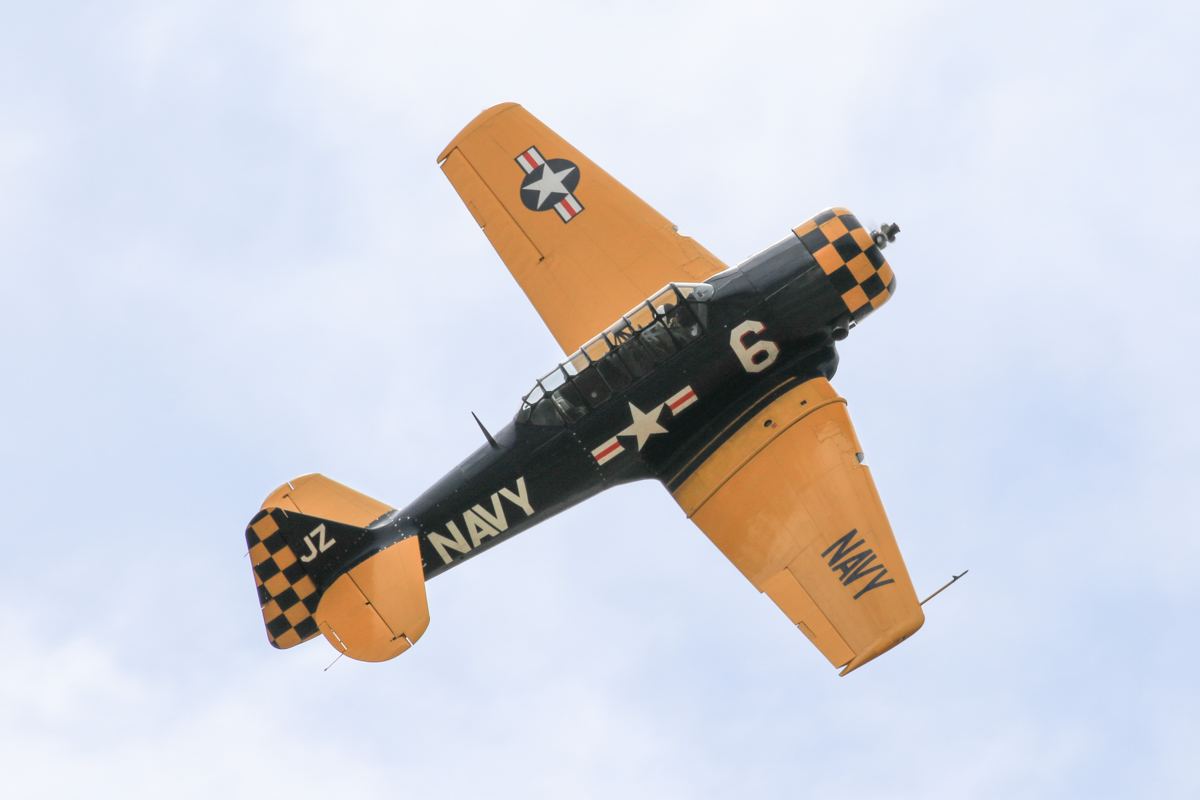
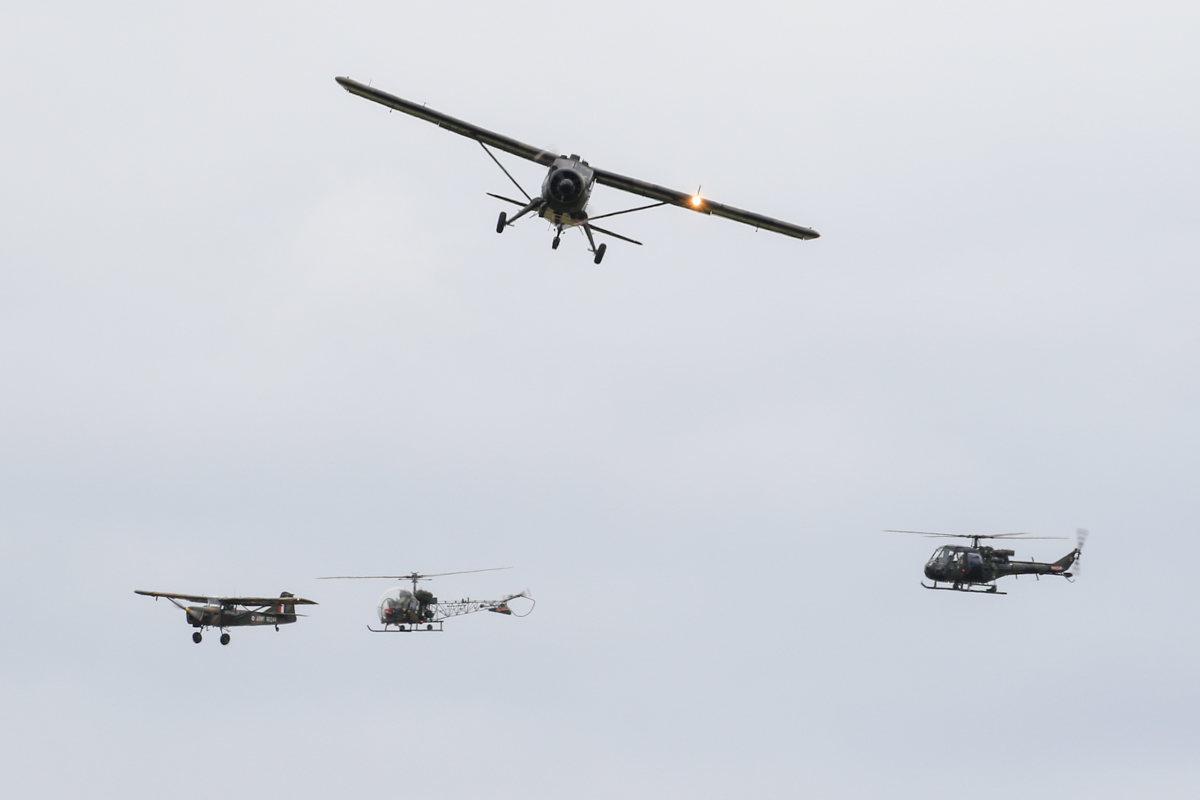
A formation that it’s always a pleasure to see flying (and listening to the magic Merlin sound!) is the Battle of Britain Memorial Flight; this time the Lancaster was escorted by an Hawker Hurricane IIC and a Supermarine Spitfire PR XIX.
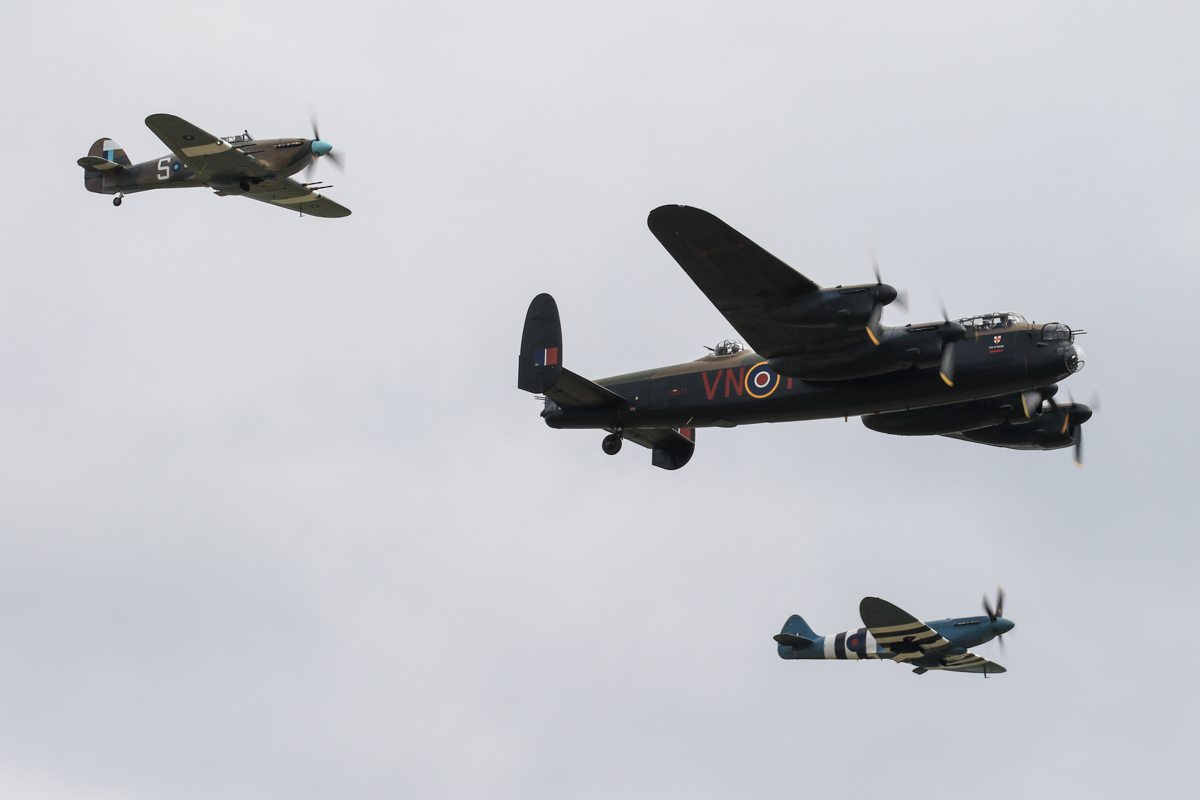

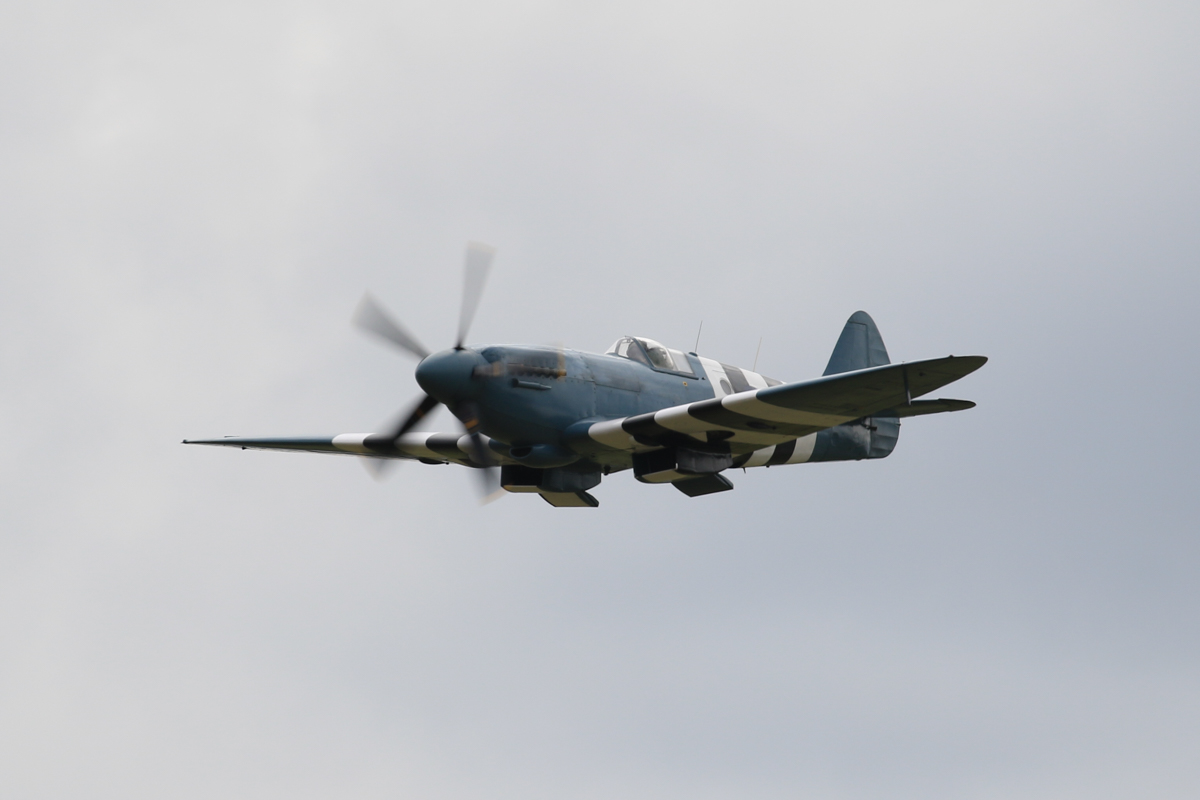
Another interesting partecipation has come from the other side of the English Channel; the French association Cocardes Marine has performed with a three ship formation; a Fouga CM175 Zephyr, a Morane-Saulnier MS760 Paris and a Breguet Br.1040 Alizé, the only airworthy one of this peculiar ASW aircraft which has served on the French carriers.
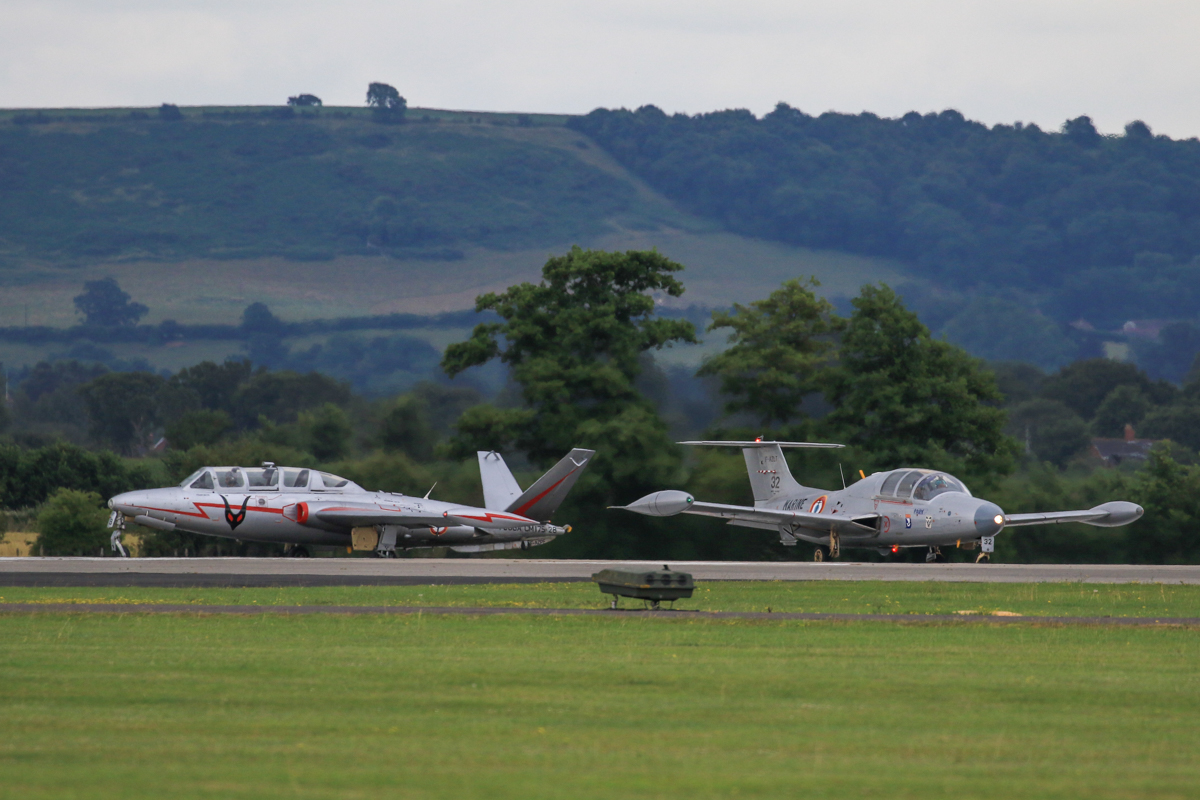
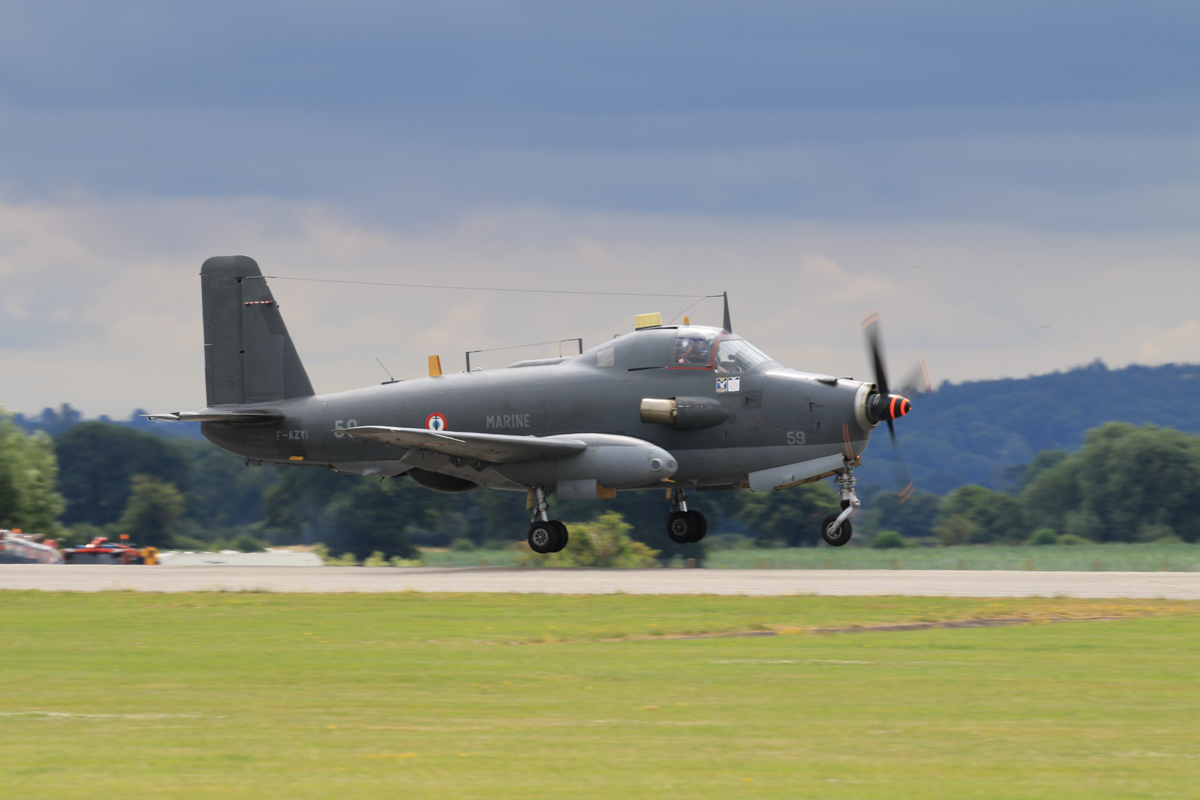
Being Yeovilton home to the Fleet Air Arm Museum, the airshow is one of the few opportunities to see fly the rare gems that form the Royal Navy Historical Flight collection, still kept in airworthy conditions; unluckily, this year all of them have been grounded due to their coming off the military register. The negotiation to transfer responsibility for maintaining and flying the aircraft to the charity Navy Wings are in progress, and the hopes that next year they will take to the air again, with new civilian registration, are solid. The only comfort to this disappointment has been the chance to see those magnificent machines exhibited in the static line-up and the wonderful Hawker Sea Fury T20 which has bitten the sky with her graceful aggressive power.
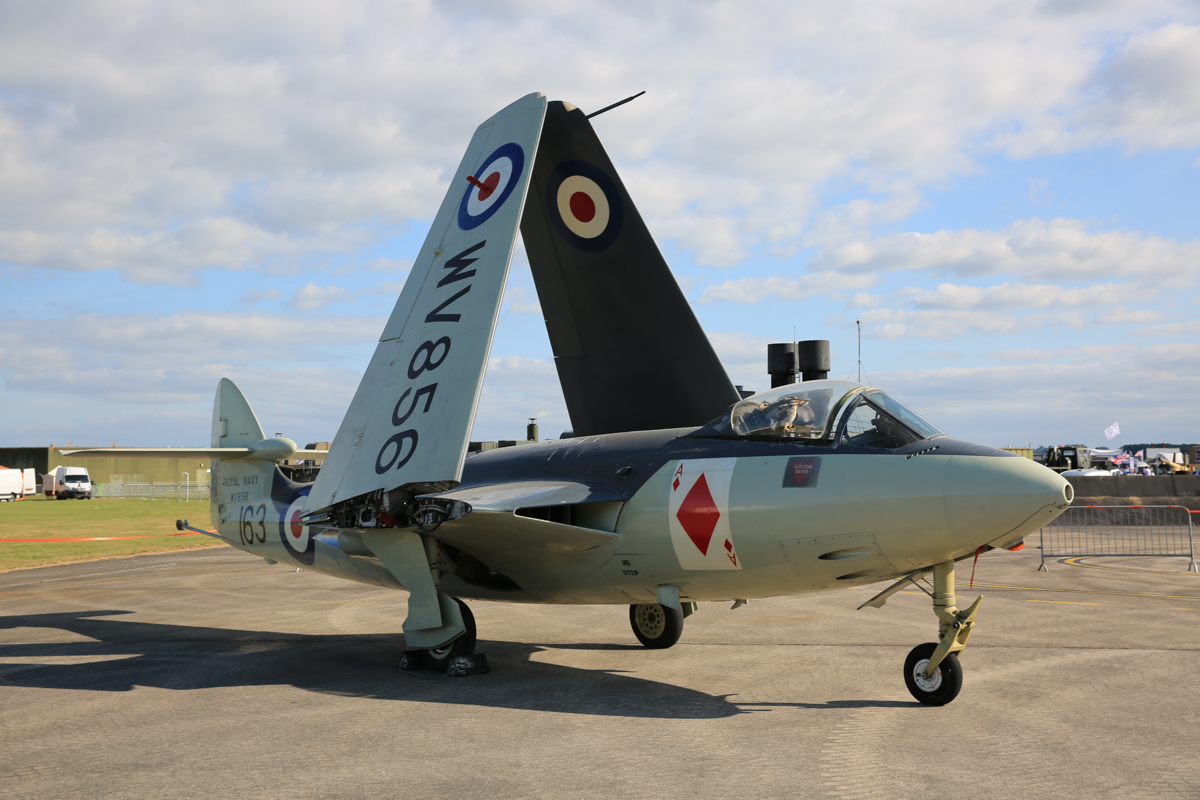
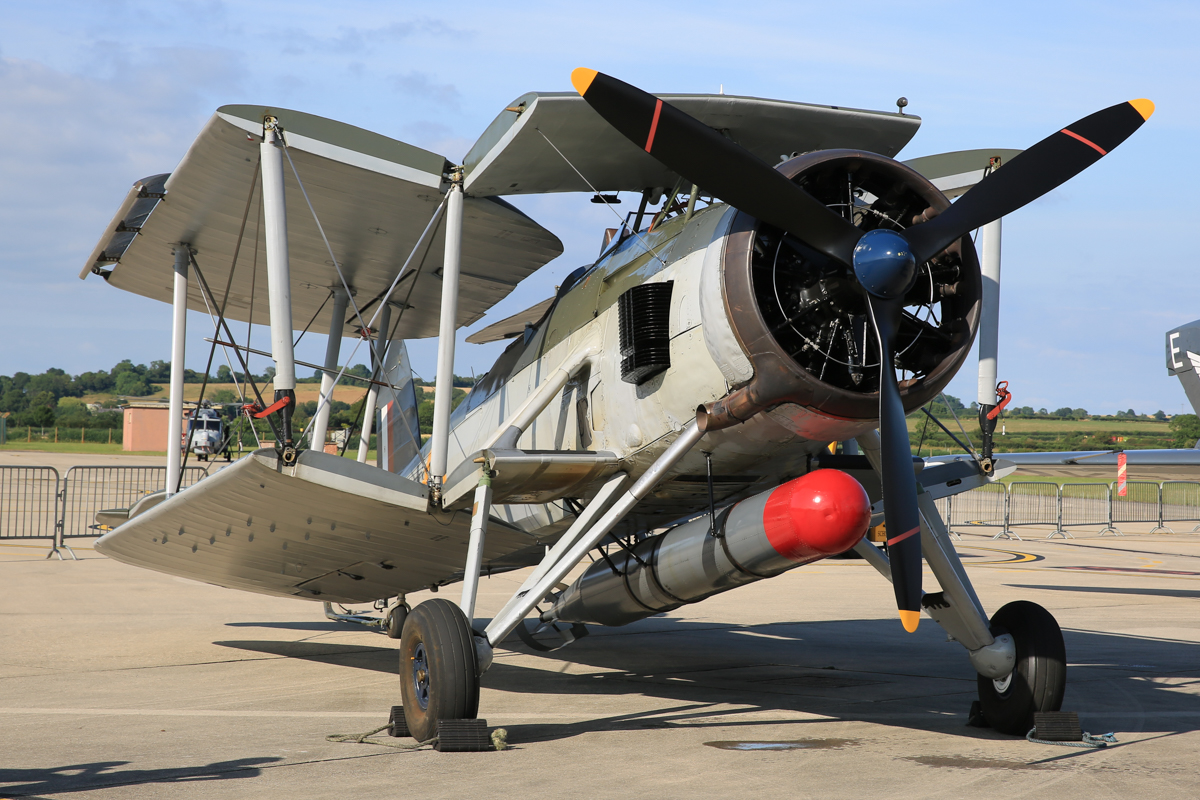
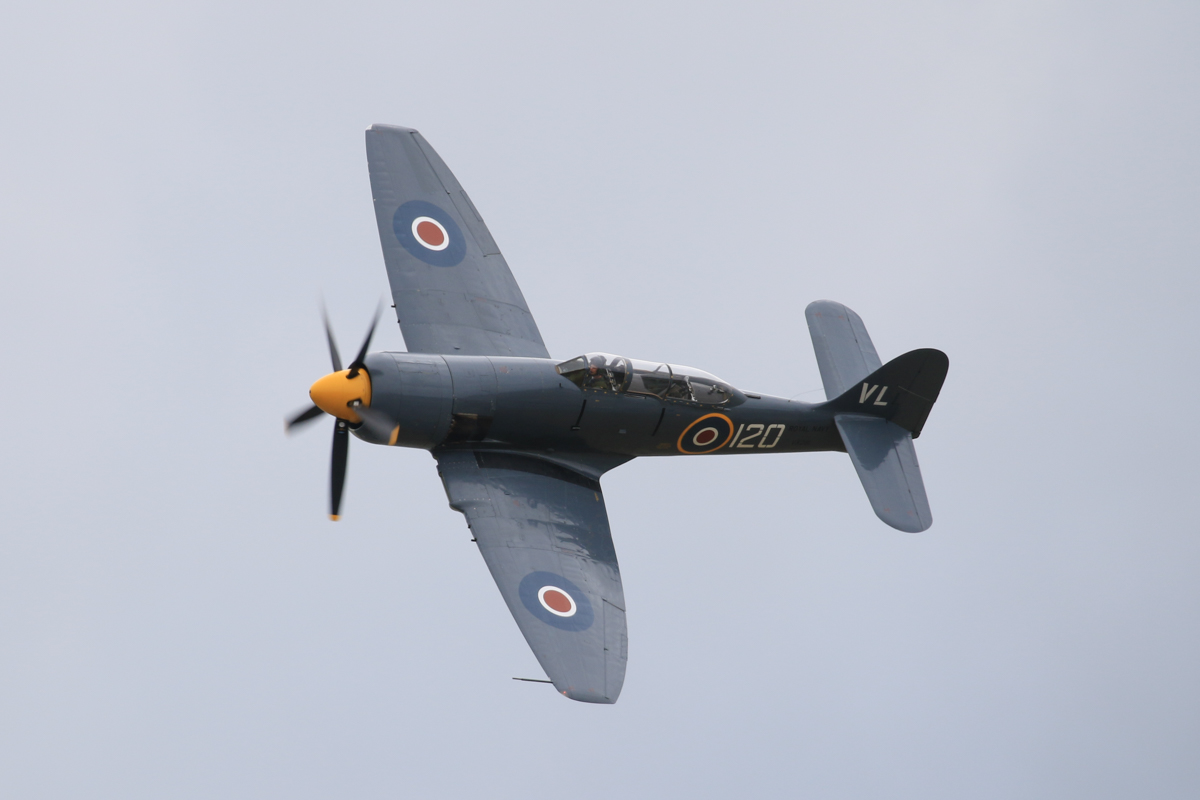
Obviously there has been no lack of the aerobatics performances; the Red Arrows have confirmed once again their renowned skills, followed by an interesting performance of the Blades, a four ship formation, mounted on the Extra E-A 300 and manned by former Red Arrow and UK National Aerobatic pilots. The Hellenic Air Force has contributed with her Daedalus Team’s solo display, performed on a Texan II, while Rich Goodwin has squeezed his Pitts 2S’ Lycoming till the last of its 300 HP to show some really awesome aerobatics masterworks.
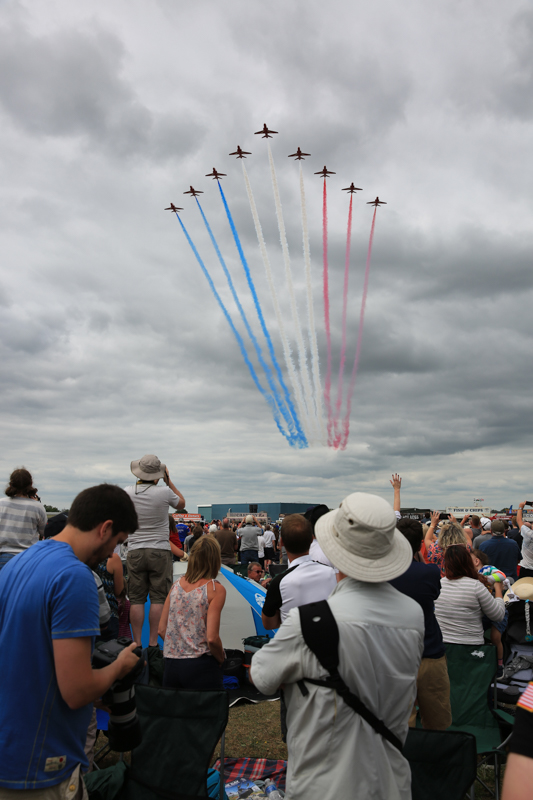
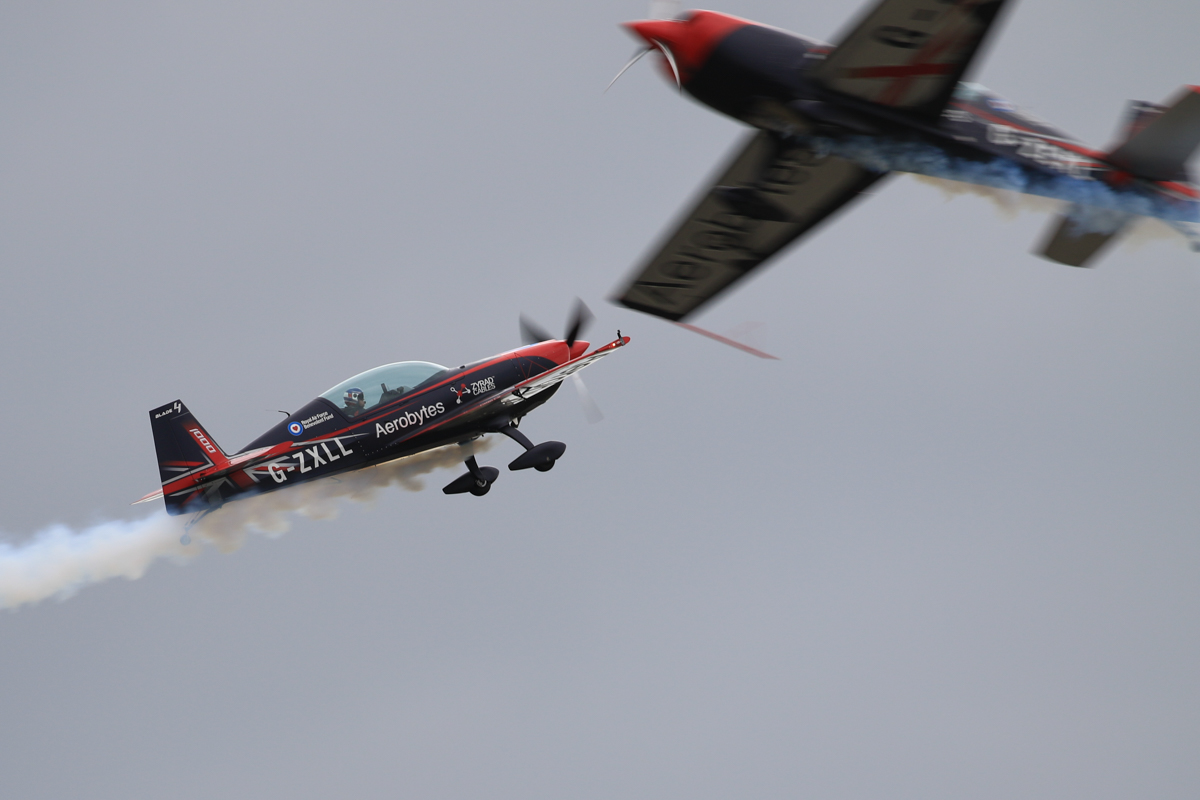
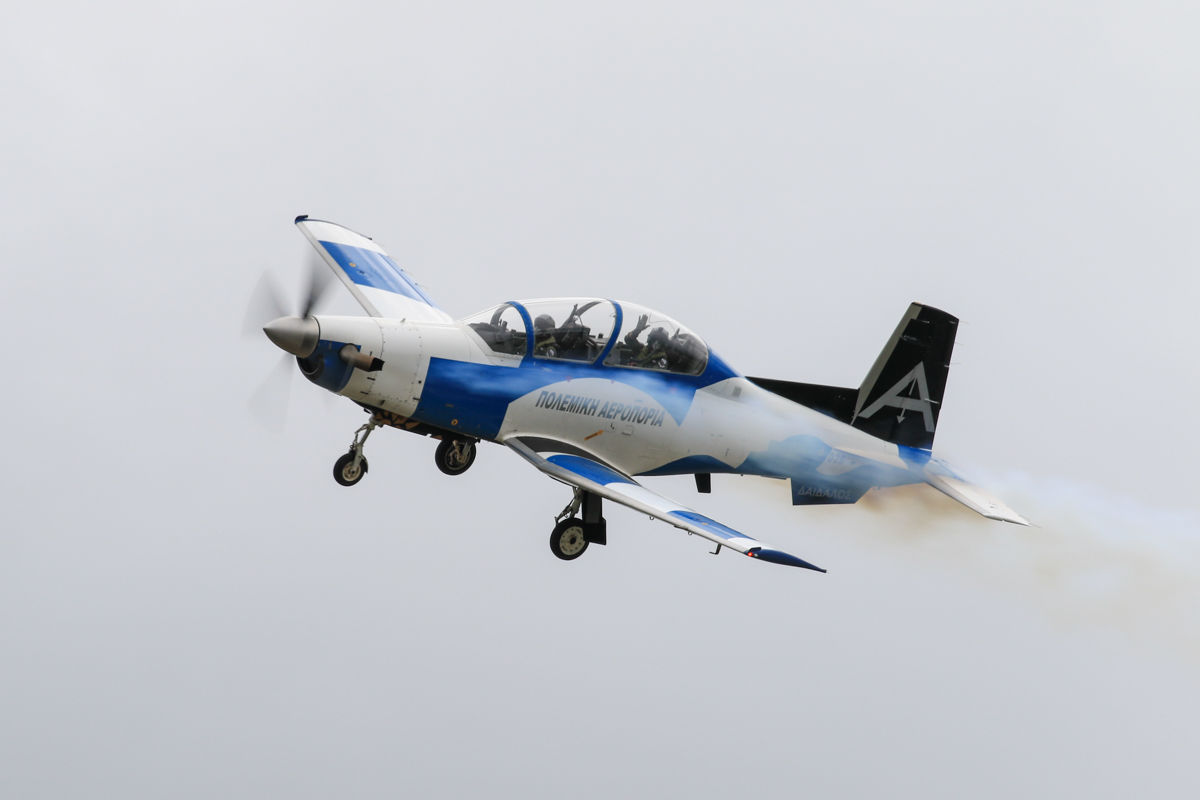
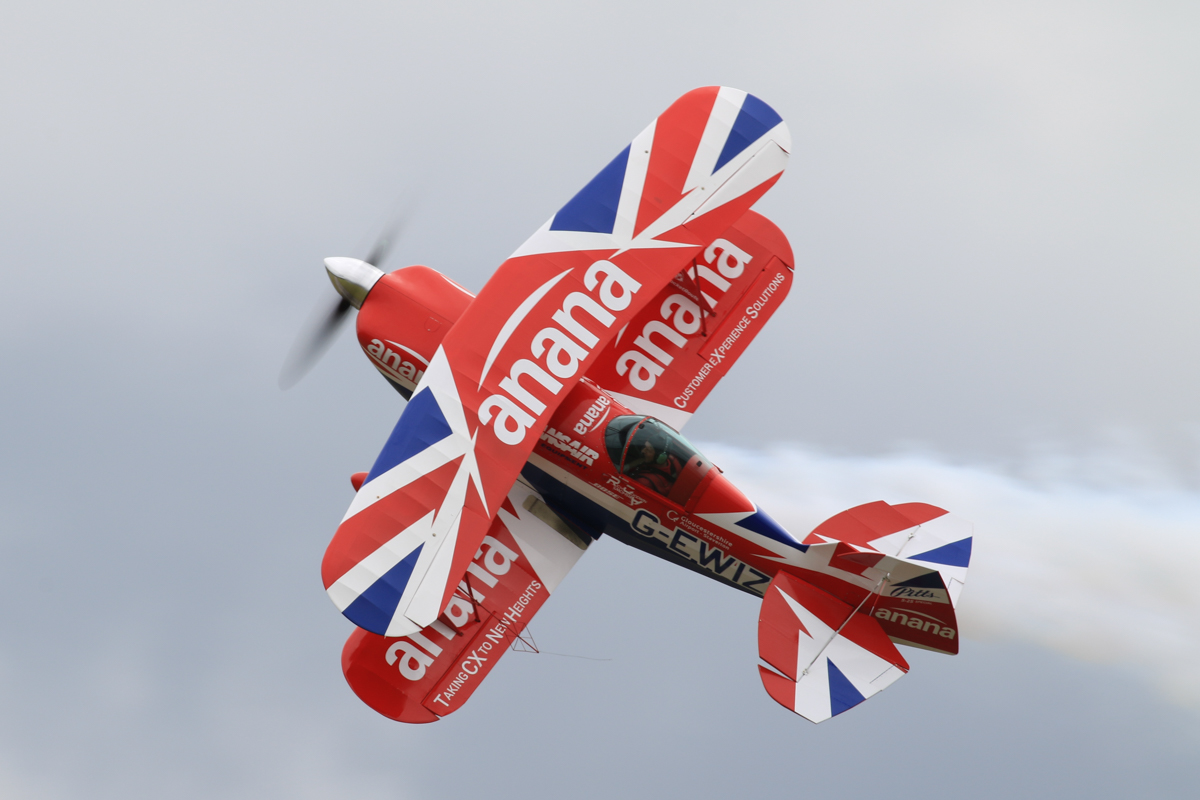
A quite singular display has been the one performed by the Gravity Industries’ ‘Jet Man’Duo; Richard Browning, a former Royal Marine reservist, has created the Daedalus Mk 1, a jet pack suit which, powered by six small jet engines, makes him fly up to 30 miles per hour. Browning, who has been dubbed “the real-life Iron Man”, has started to explore the possible uses of his flight pack for military purposes. By the way, if you want to buy one to experience the same thrill, just go to Selfridges and remember to bring with you 340,000 pounds.
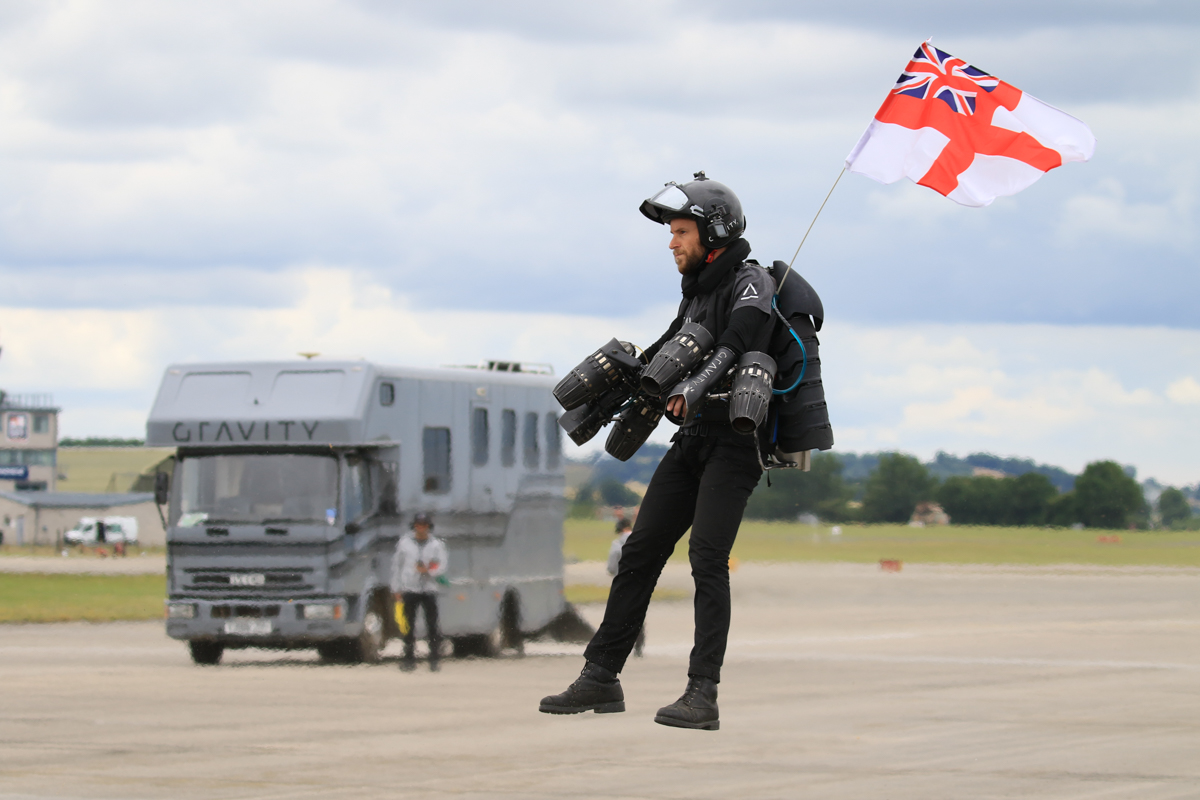
RNAS Yeovilton is one of the Fleet Air Arm’s two principal air bases and is home to the entire British fleet of Leonardo Wildcats (the Navy version, HMA2, assigned to 815 and 825 Naval Air Squadrons, the AH1, assigned to the Joint Helicopter Command – Army Air Corps, 652, 659 and 661 Squadrons, and the Commando Wildcat, JHC – Royal Navy, 847 NAS), while the Leonardo Merlin fleet is split between Yeovilton (Commando Merlin HCi3/3A/4, Commando Helicopter Force – Royal Marines, 845 and 846 NAS) and RNAS Culdrose (Merlin HM2, the ASW version, assigned to 814 and 820 NAS).
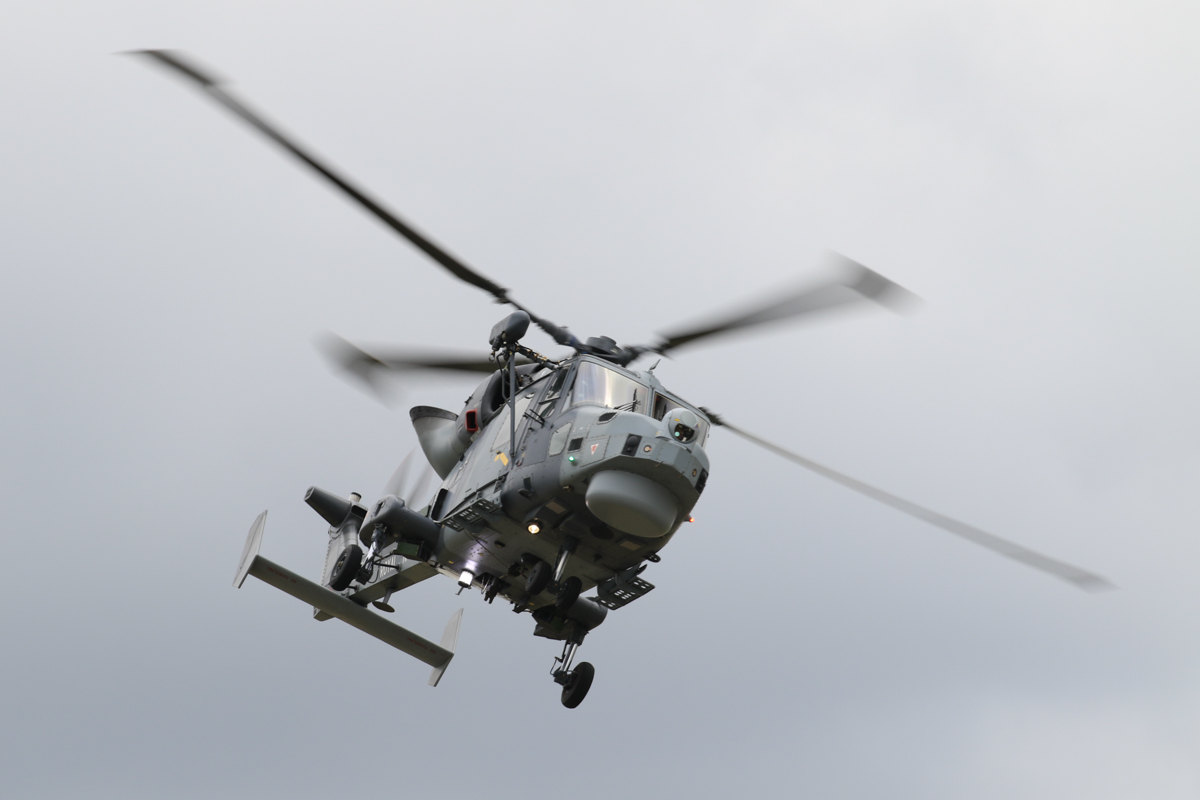

For this reason the Air Day program quite obviously includes several helicopters displays; starting with the AHDT (Attack Helicopter Display Team), an Army Air Corps Apache AH1 whose appreciated display ends with a firewall, and continuing with the Royal Navy Black Cats Display Team, mounted on Wildcats HMA2. The program included also a Maritime Role Demo, performed by a Merlin HM2 and two Wildcats HMA2, exhibiting the classic hoist recovery operations.
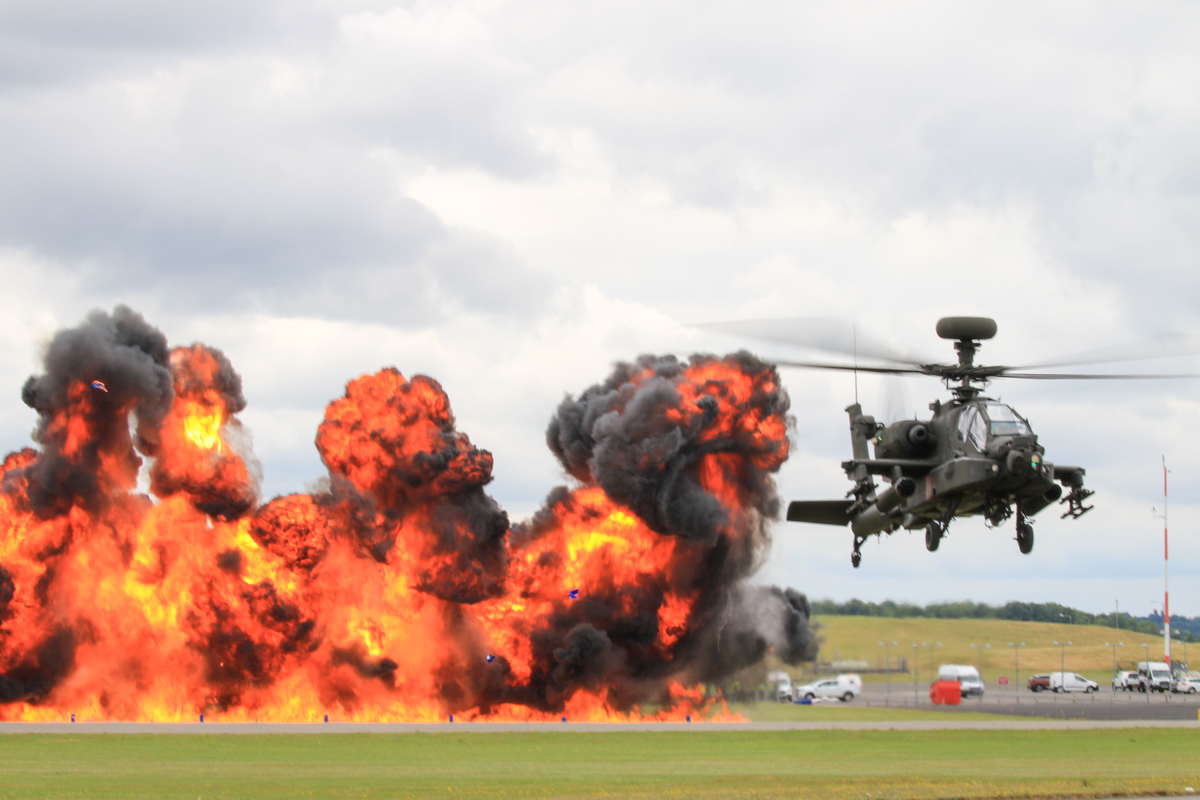
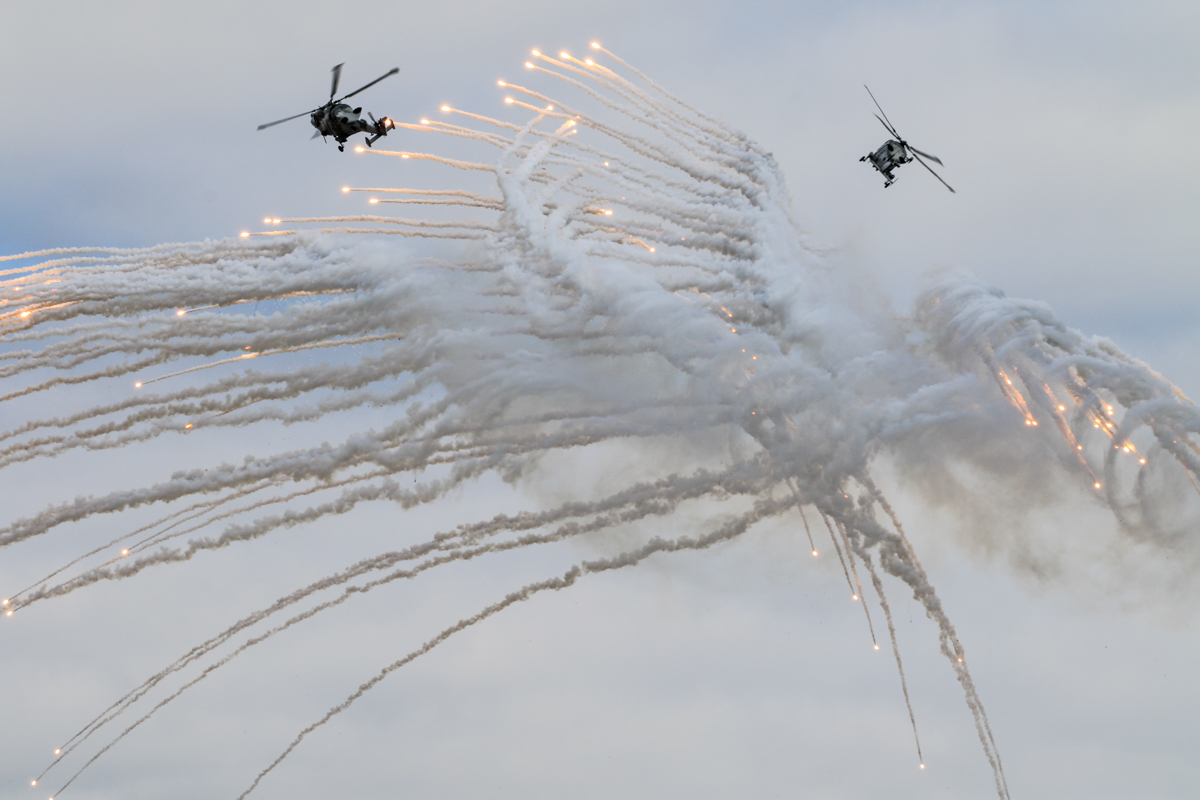
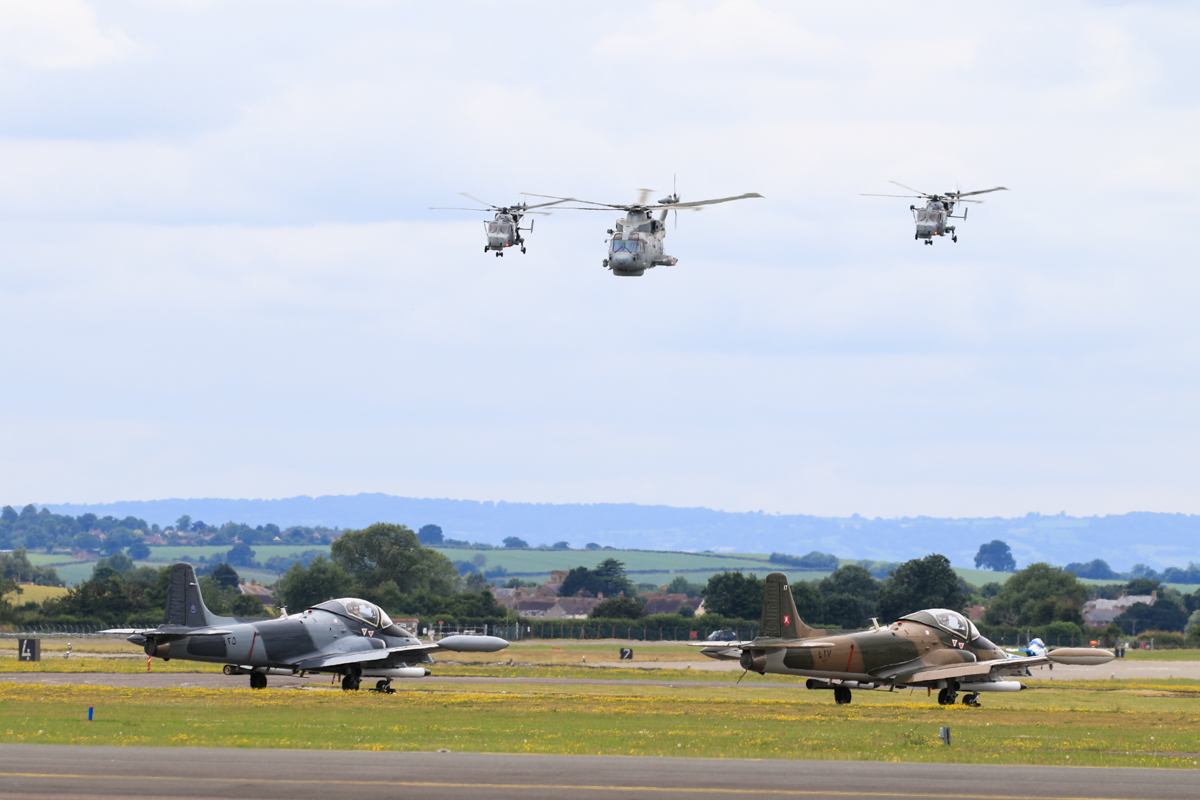
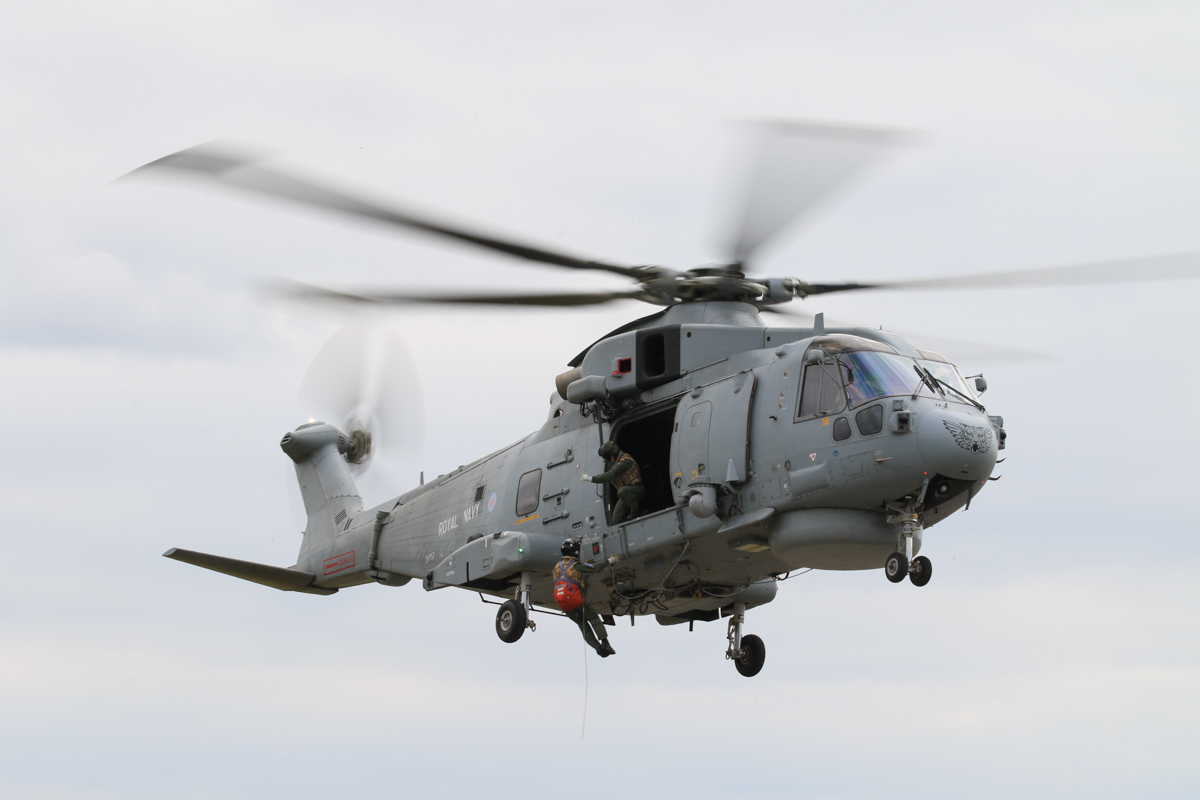
The Commando Assault Demo is the closing event, and really a signature one! Four Merlin iHC3/4 and two Wildcat HMA2 disembark platoons of Royal Marine Commandos who, once touched ground after having shown the fast rope technique, are immediately engaged by the red forces. With the close air support provided by two Bae Hawk T1, taken off few minutes before from the local runway (the two black aircraft serve in the 736 NAS), the Merlin came back transporting a howitzer and ammo to win the fight. The final salute, with the dramatic Wall of Fire as background, is something epic!
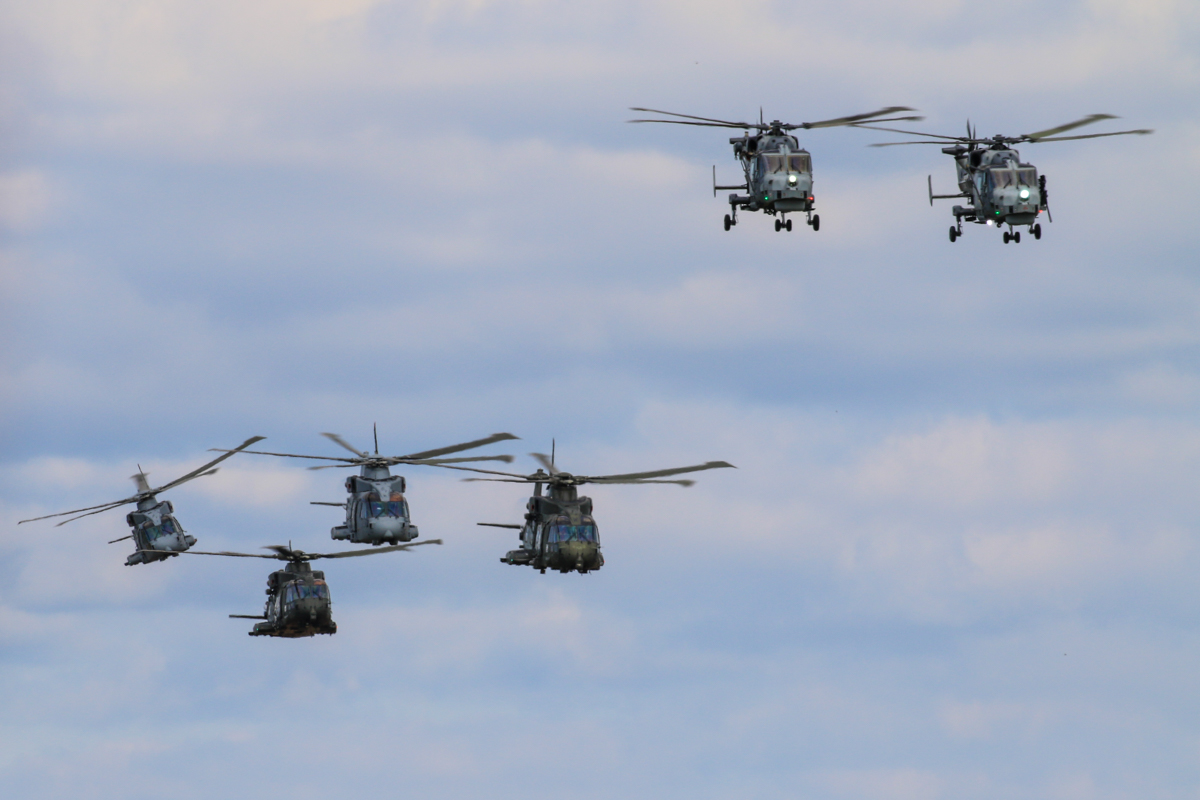
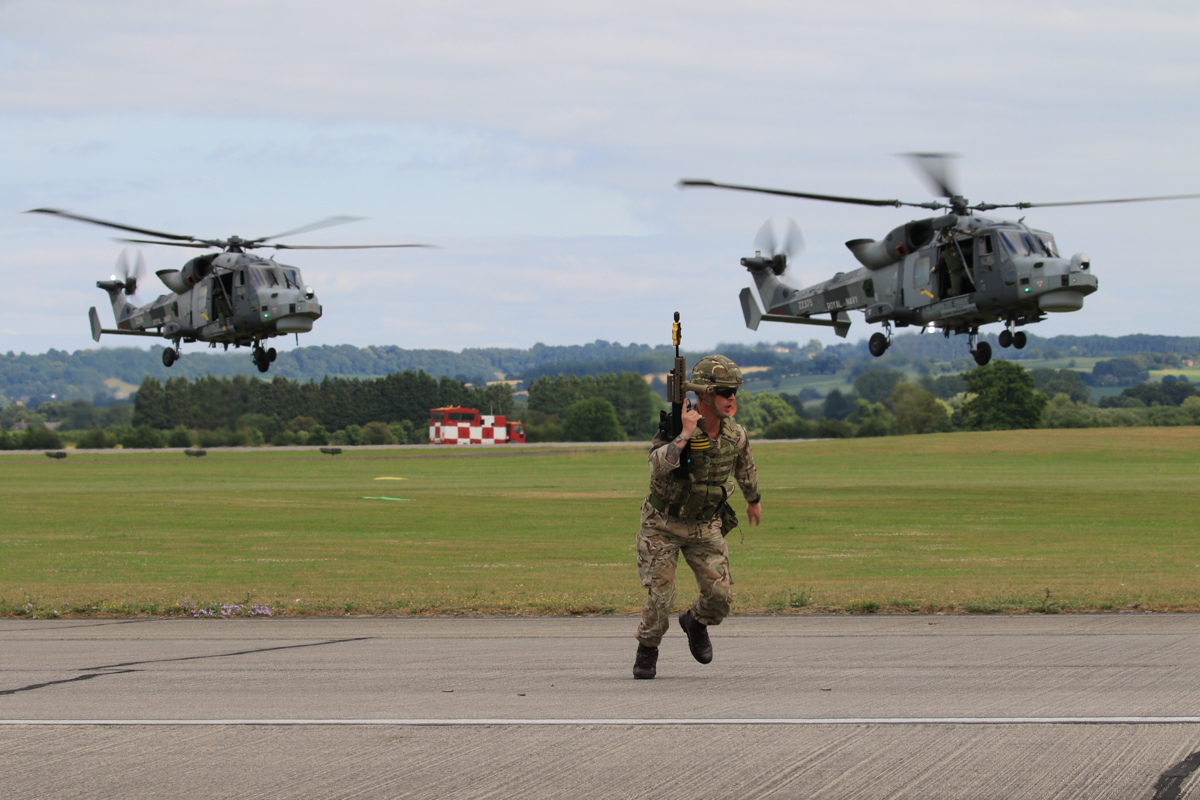
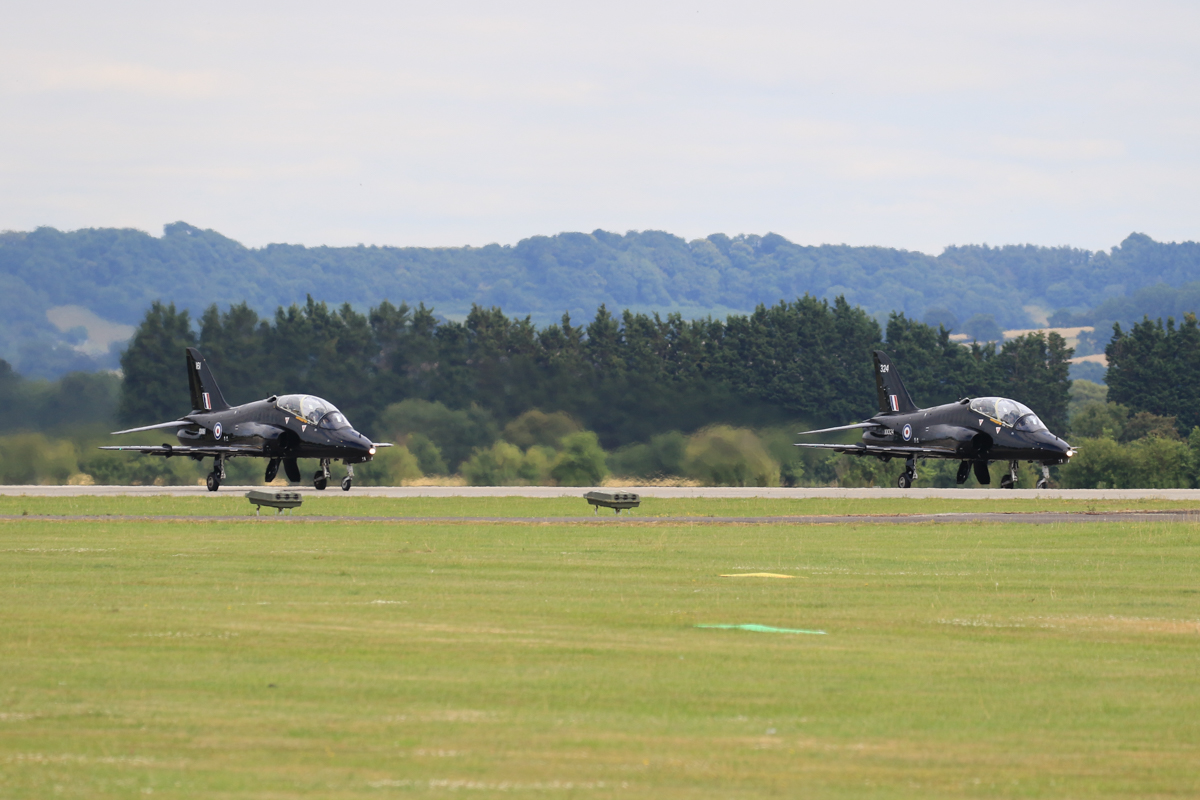
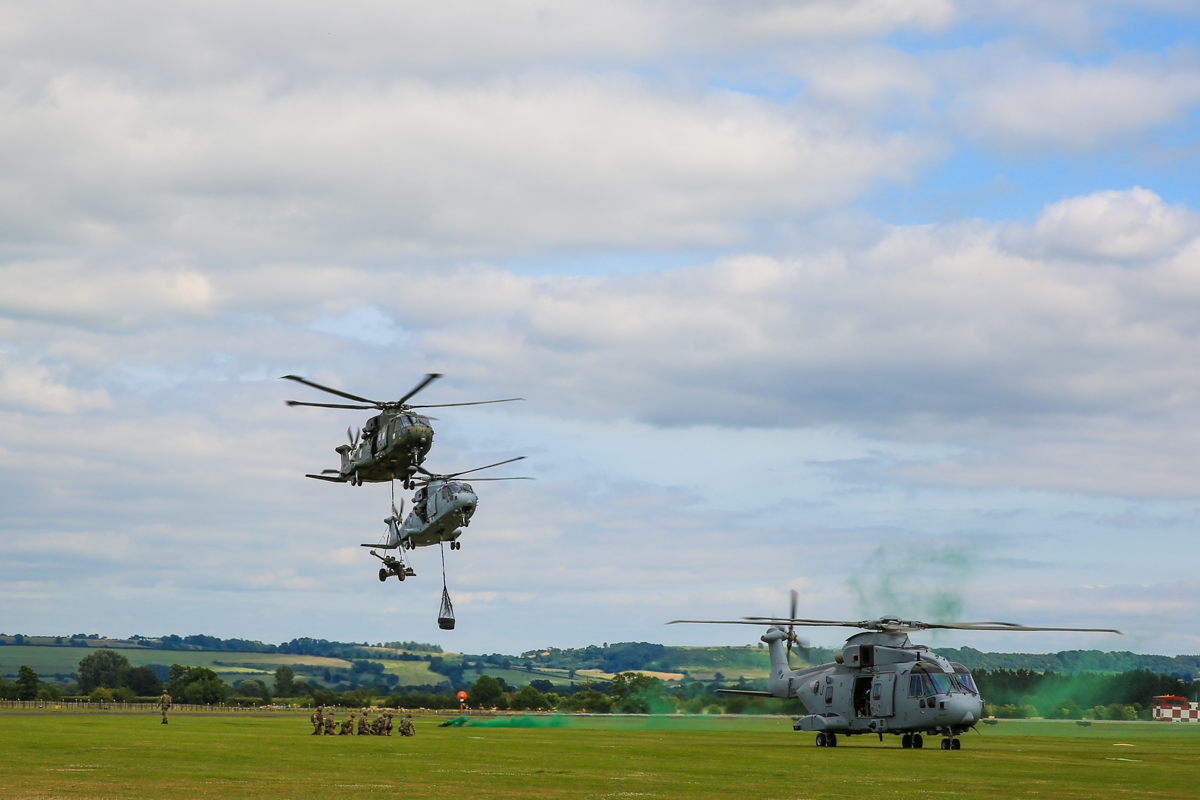
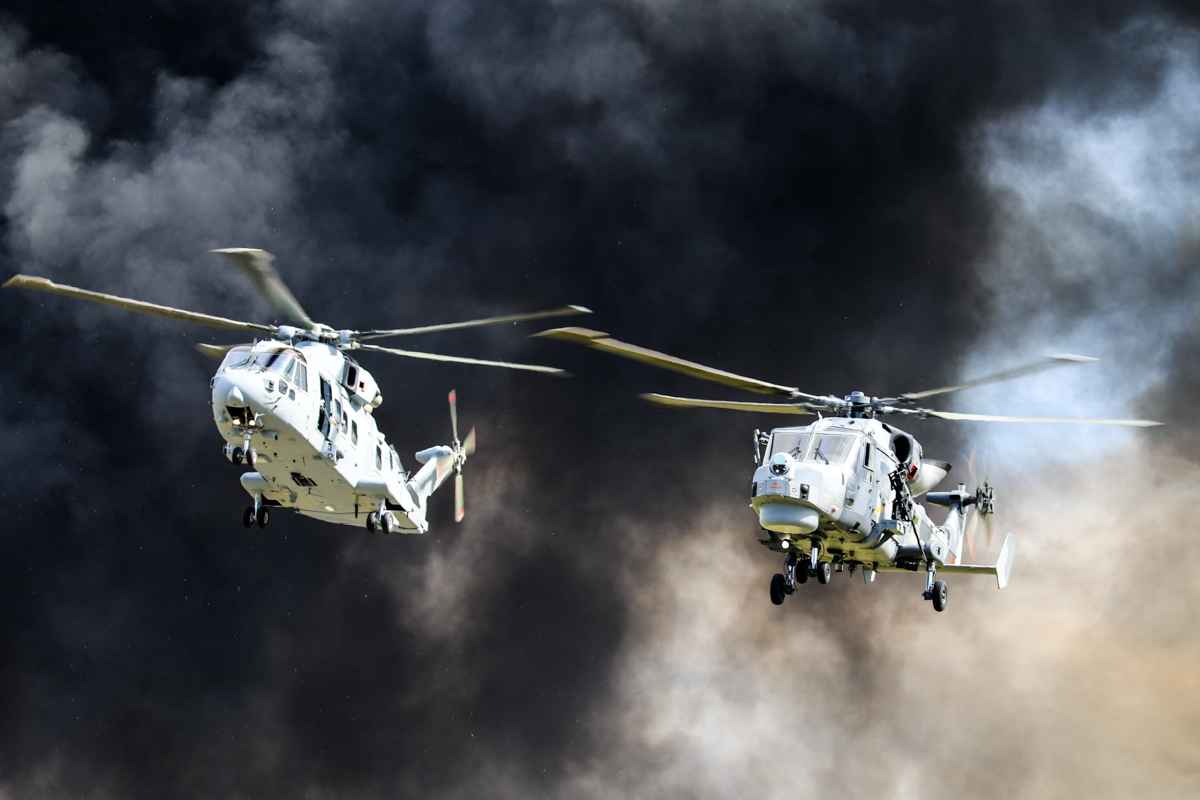
The static line-up was full of rare warbirds and other interesting guests; in addition to the wonderful collection of the local museum, whose planes are kept in immaculate conditions, enthusiasts have had the chance to observe two Italian aircraft, a Piaggio P.180 Avanti serving in the Marina Militare (Italian Navy) and a Leonardo P-72A (assigned to the Italian Air Force but operated by a mixed Air Force-Navy crew), the latter at her first appearance in Yeovilton. Another eye-catching one was a C-17 from Qatar, sporting a very peculiar livery.
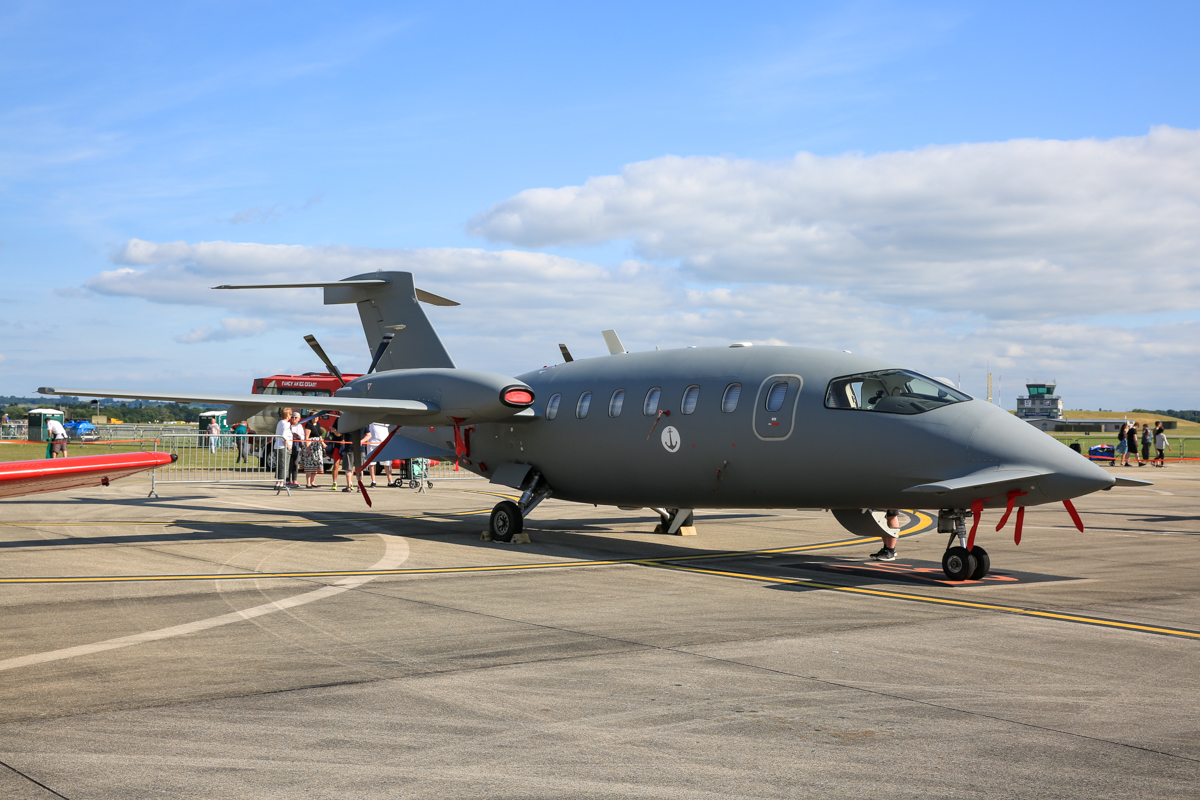
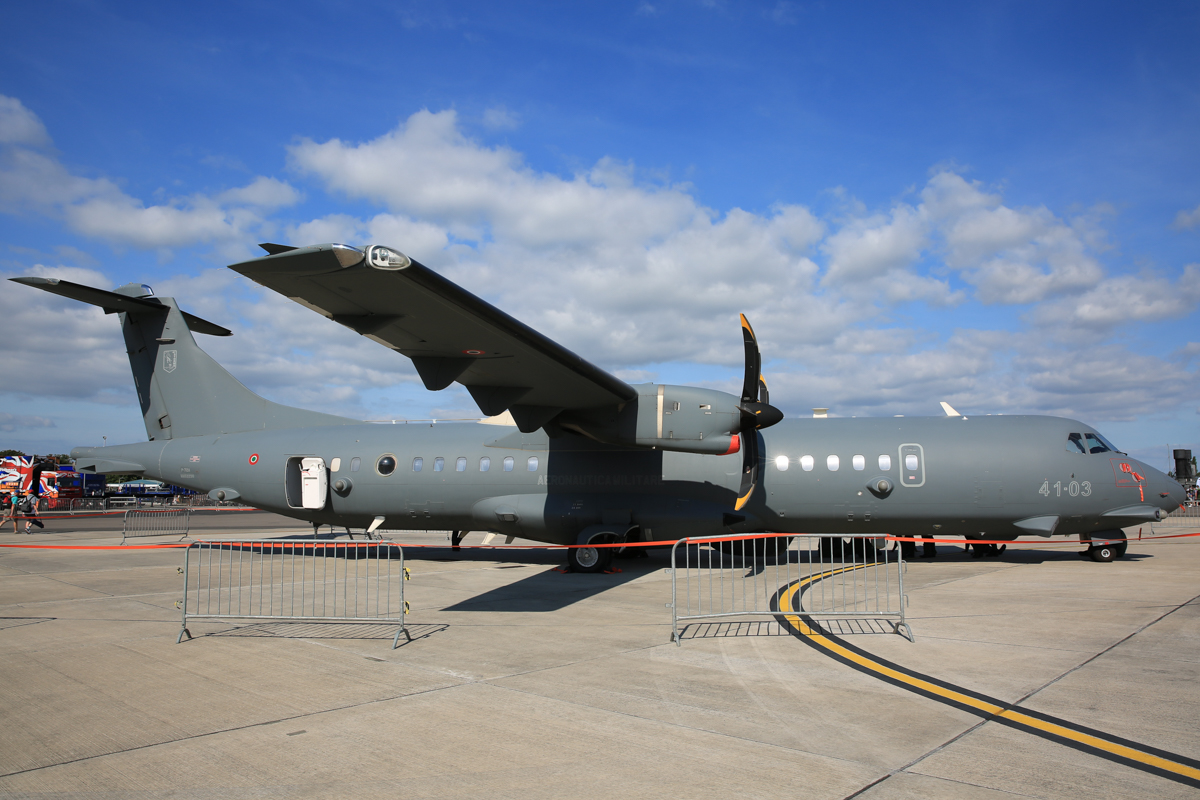
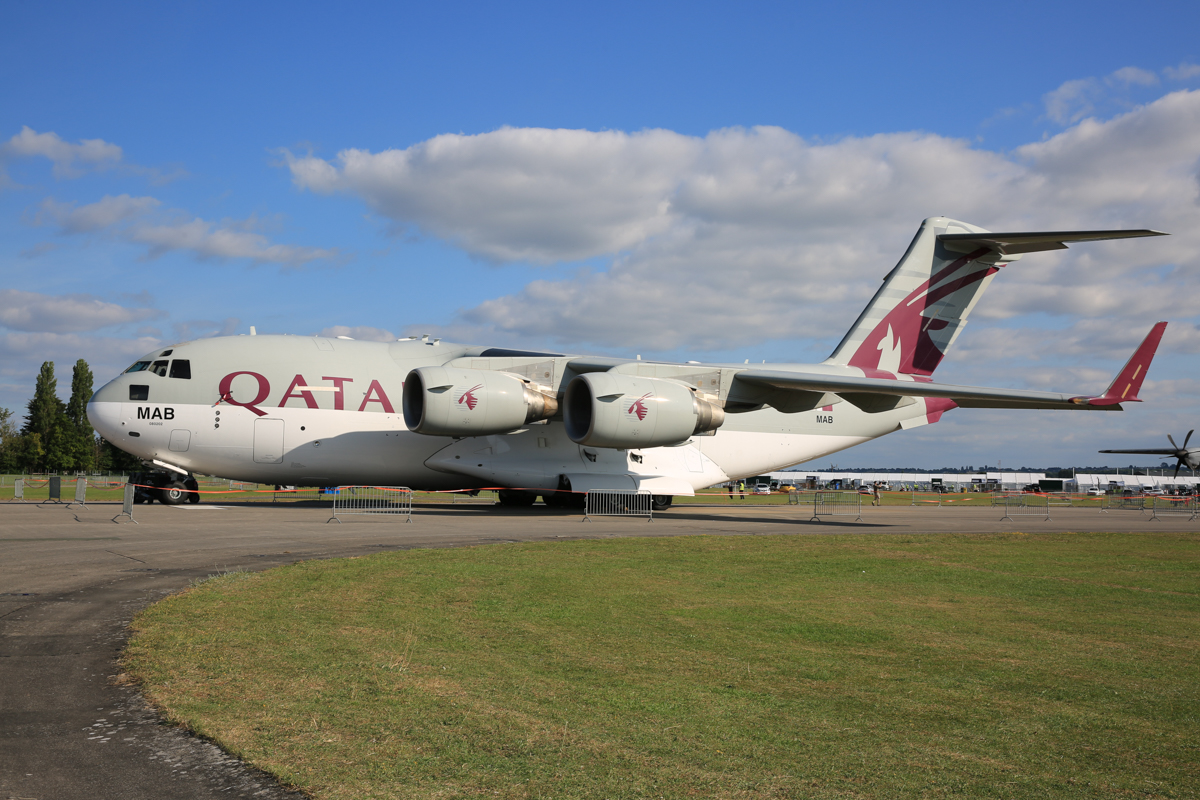
So the Yeovilton International Air Day has been a further proof that for an aviation enthusiast spending some days in UK in summer is always rewarding!
Gabriele was born in Turin, Italy, grew up in Sicily and now lives in Rome. His love for aviation goes back to the days when he was seven years old, he started to collect the ‘History of Aviation’ sold weekly at the nearby newsstand. With that, he realized that his goal was to become a military pilot. This dream met a harsh reality when, during the medical tests, a defect in his chromatic sense of sight was discovered.
His interest in photography arose a few years later, when he bought from a colleague his first single-lens reflex camera, a Pentax ME Super. Then everyday life took its toll; working as an IT analyst, studying for an MD in political science and starting a family left no time for enjoying his old interest for aviation. One day in 2008, he decided to revive the passion, starting again to take pictures of aircraft each time he has a chance. Now, using Canon gear, he is striving to become a photojournalist.
Gabriele can be reached at: [email protected]


